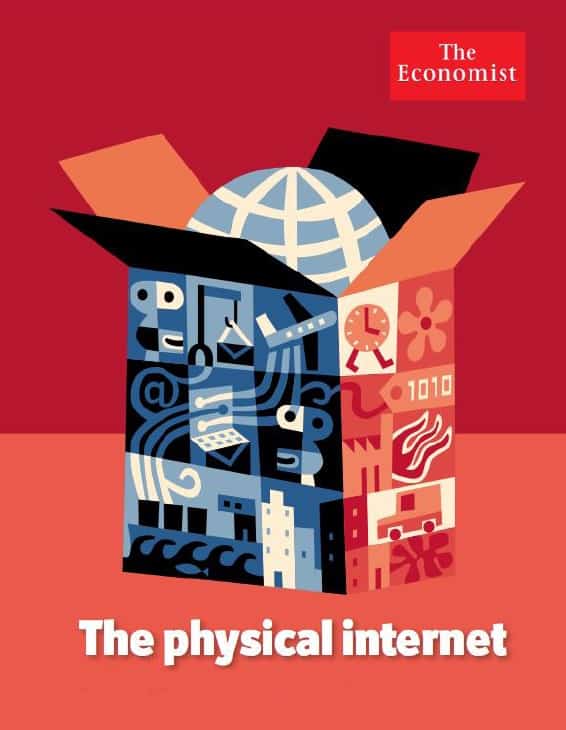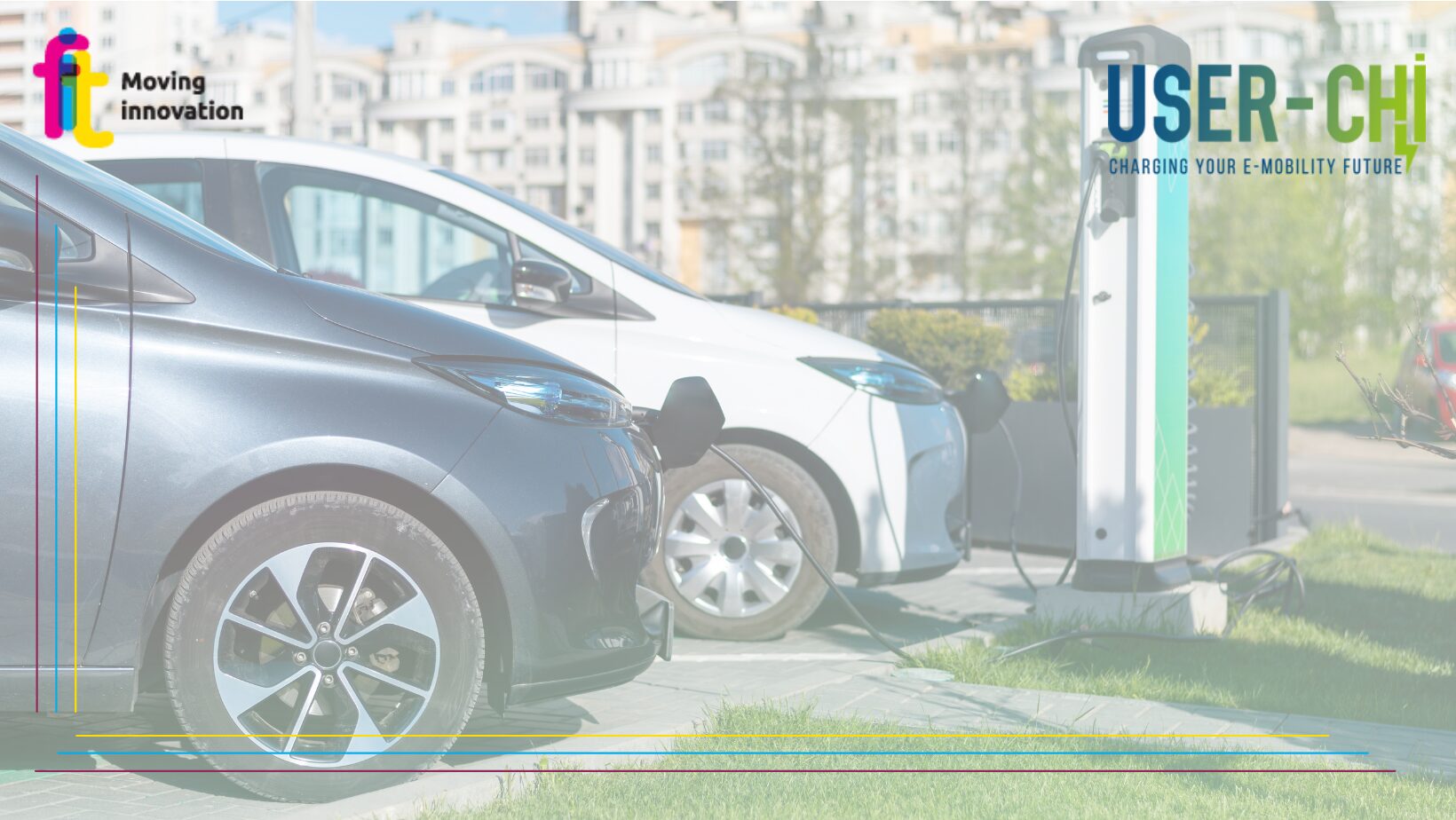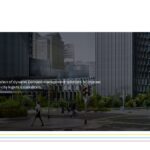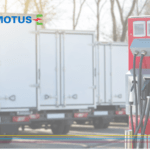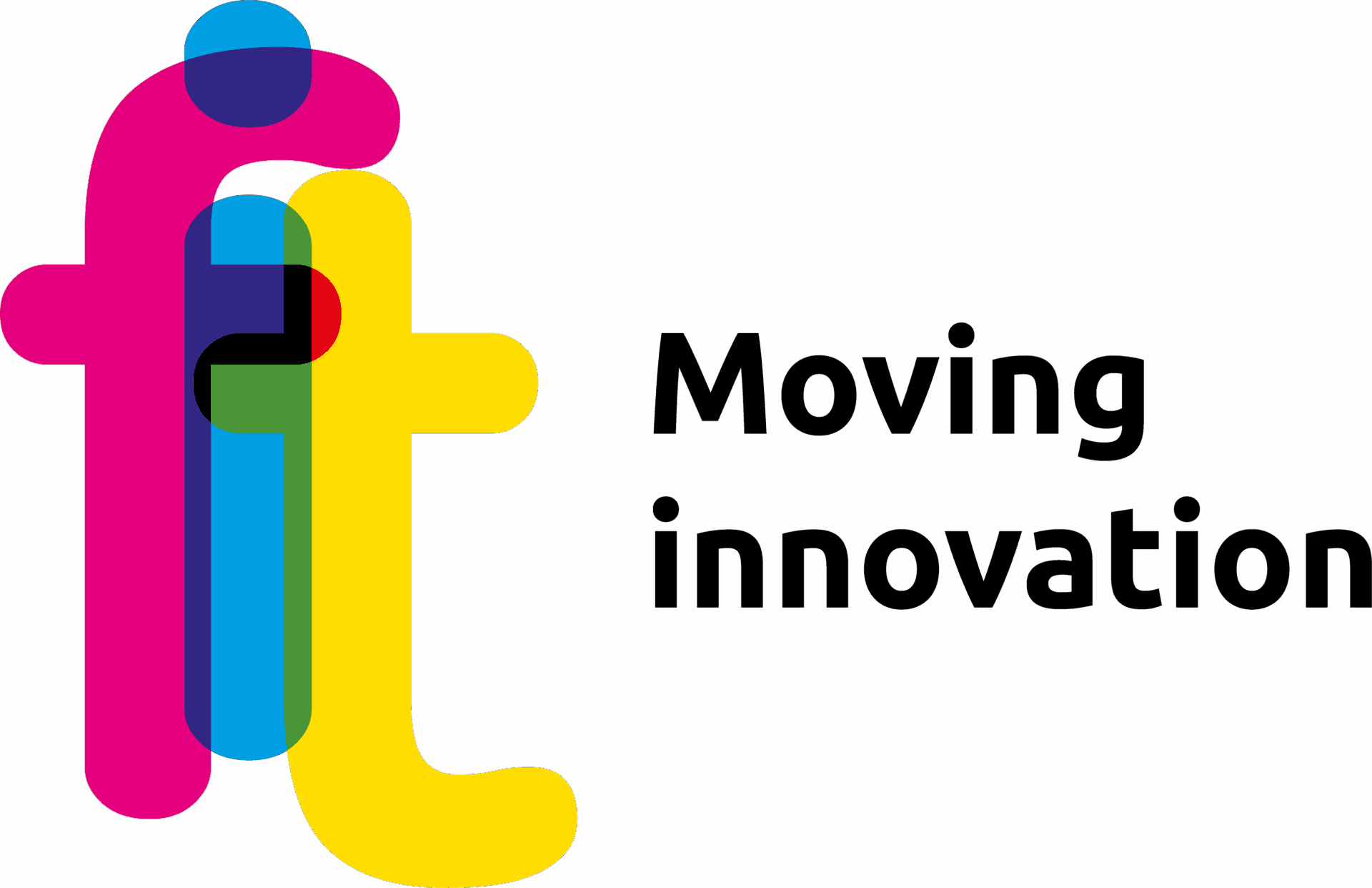Efficient logistics and transport: this is what the Physical Internet is all about
The last mile, i.e. the last stretch of the delivery system, is the part of the logistics chain that has the greatest influence on heavy goods vehicle traffic in cities. This leads to inefficiencies in the entire transport system due to the high degree of fragmentation, especially caused by the low load factor on the vehicle itself. The importance of home delivery is a booming sector due to the exponential growth of ‘remote’ shopping and the prevailing B2C market inducer is e-commerce.
E-commerce and the inefficiencies of the delivery system
The e-commerce industry has, without a doubt, revolutionised the way people make their purchases and has completely transformed B2C, a market where the need to satisfy the needs of individual customers becomes a ‘must’. Therefore, the B2C market has become the biggest challenge and opportunity for marketplaces and logistics companies.
This challenge is emphasised by urbanisation trends, with more than 65% of the population living in urban areas by 2050 (compared to 54% in 2014; 30% in 1950). This implies that e-commerce has given a strong impetus to the home delivery sector, risking considerable impacts on social and environmental costs caused by the inefficient distribution system. The phenomenon of urbanisation generates extended metropolitan areas, and the last mile becomes a serious problem to be addressed by both planners and logistics service providers (LSPs) – with impacts on operating costs.
With the growth of e-commerce, consumer preferences are the focus of the parcel delivery market. Large e-commerce players, as well as start-ups, have identified last mile delivery as the discriminating factor to compete in the market.
In general, the connectivity and telecommunications revolution is to have created opportunities and the need for a major reorganisation – and thus to embark on a path towards sustainability – of the entire transport and logistics system. This is all part of European policies that set clear objectives in achieving zero-emission city logistics in 2003 with zero accidents.
Taniguchi and Kakimoto have long (in 2004) studied the effects of e-commerce in the transport system in urban areas using vehicle routing and scheduling models. Analyses had already pointed out at the time that B2C e-commerce penetration could increase commercial traffic flows for home deliveries and that this problem could be solved (at least mitigated) by introducing optimised delivery logistics models (joint deliveries) by equipping cities with proximity pick-up points serving individual customers/buyers.
Stakeholders are undoubtedly evolving in line with demand (especially in large cities where the strong market need generates the volumes and thus the supply), and consolidated deliveries have ample room for efficiency in the system and thus in the delivery service, reducing the negative impacts of congestion and harmful effects on the environment.
Everything has to travel at high speed, and the level of need of the end customer (not always justified) is extreme. The growing trend of urbanisation that contributes to the strong expansion of the B2C e-commerce market – in addition to the ever-increasing needs and ‘demands’ of shoppers – becomes a challenge to deliver parcels at any time while gaining cost-efficiency for both the carrier/logistics company and the end customer.
How to rationalise the supply chain
There is no doubt that the system needs a lot of streamlining, especially if one wants to please customers by delivering at certain times of the day, based on the buyer’s availability: currently there is a tendency to increase the time window as long as the customer is at home, often generating diseconomies and congestion, sometimes negatively impacting the customer experience on the quality of the service provided. In fact, delayed and empty deliveries generate not only a highly negative impact on congestion (which is often avoidable), but also inefficiencies that make it impossible to sustainably absorb the growing demand. In essence, the e-commerce game is played on the customer experience, short delivery times, and the punctuality and ease of returns (the factors of transparency, ease of access/use and clarity of information are decisive).
Cities and society at large must be resilient enough to rethink and radically redesign the way goods move along the supply chain. A major step forward is needed by effectively including the B2C end-customer in the supply chain.
The Physical Internet is a disruptive solution to the inefficiencies generated by the traditional proprietary model in logistics and transport.
It is a vision of an open, global, hyper-connected and sustainable logistics system based on standards and modular, intelligent container systems that can be easily moved and transported across the entire transport network (e.g. trucks, planes, boats, drones and private vehicles).
In this vision, the Physical Internet has enormous potential to make a decisive contribution to the efficiency and sustainability of last-mile deliveries, making goods available close to the delivery area, optimising the transport network and existing infrastructure, with strongly positive impacts on the entire e-commerce sector.
Among the more substantial examples of solutions that can be put in place with a view to the development of the Physical Internet, networks of parcel lockers type solutions can undoubtedly absorb part of the impact attributed to the growth of e-commerce in urban areas by encouraging the development of parcel consolidation solutions. Parcel lockers are computerised lockers in which the parcel being delivered is inserted and then picked up by the recipient who has been given access credentials. Deliveries can also be managed through platforms that optimise the utilisation of residual load capacity. Finally, not to be underestimated are the opportunities offered by crowdsourcing (delivery entrusted to ordinary people or those who otherwise have the requisites to carry out a service in an optimised manner – a natural extension of the logic of sharing and peer-to-peer. Examples are Packmule, Shipizy, PiggyBee and Jib.li. Travellers deliver to buyers along their route). Another interesting trend is the mini-drive-thru, which unlike those found in hypermarkets, which are dependent on opening hours, consist of automated pick-up trucks, open 24 hours a day. They are usually placed at the entrance of supermarkets, and are often positioned to generate both online and in-store purchases. At present, there are already widespread solutions such as pick-up points: these are shops, e.g. bars or tobacconists, which even for a small fee offer the service of collecting parcels (domiciliation).
ALICE, the European Technology Platform on Logistics (www.etp.alice.eu) of which FIT Consulting has not only been a member since 2014 but, through Paola Cossu (CEO), is on the Executive Board and a member of the chairing team of the thematic group on urban logistics. FIT Consulting is one of the most influential and influential promoters of the Physical Internet and has concretely contributed to making it central to the European vision on logistics in a 2030-2050 time horizon.

